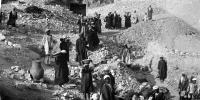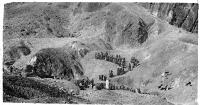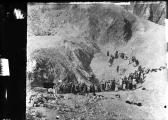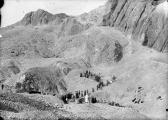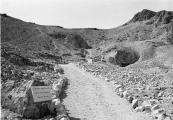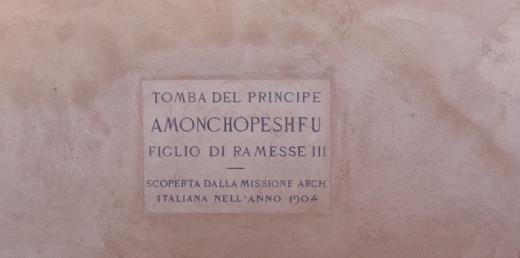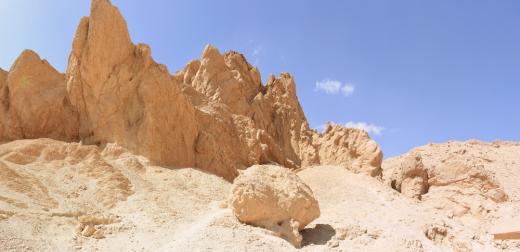QV 45
Unfinished
Entryway A
See entire tombGate B
See entire tombThis gate provides access to the tomb and is well cut. Remains of plaster are present. The lintel is heavily fractured and seems to have suffered from recent loss. The left door jamb has a vertical interior crack and a horizontal one that continues in both directions along the Ramp wall and inside the chamber. There is no metal door preventing access to the tomb, but a modern retaining wall deters visitors from entering.
Corridor C
See entire tombThis corridor lies on axis with the tomb's entrance and is unfinished. Rock loss has occurred in the ceiling, perhaps during its excavation in antiquity. The ceiling loss is centered at the point where four fractures meet - the major north-south fracture, and three other diagonal fractures. The ceiling fractures and loss may explain why the tomb was not completed.
About
About
QV 45 is located at the west end of the south branch of the main Wadi, below and north of QV 44. It is an unfinished tomb that consists of a slightly descending Ramp (A) leading to an entryway and an unfinished corridor (B) oriented east-west. Just in front of the entrance, the ramp has a rock-cut Overhang. Remains of plaster are present on the ramp walls and ceiling, and in the entryway. Plaster is applied over compact materials with limestone shard inclusions.
The tomb was known since the time of Robert Hay of Linplum (1826) and John Gardner Wilkinson (1828). The entrance subsequently seemed lost between then and the time of the Italian Archaeological Expedition (1903-05) as Francesco Ballerini notes its rediscovery. Elizabeth Thomas (1959-60) associated it with Satefmire, a queen of Rameses III, and notes a graffito on the south wall of the ramp. According to Christian Leblanc, director of the Franco-Egyptian Mission, the plan of the tomb suggests its construction began in the 20th Dynasty. Since the late 1980s, a large amount of debris was removed from the entry and ramp and the CNRS excavated the area in front of the tomb in 1990-1991. There is no door at the entrance, but the retaining wall along the visitor path prevents visitors from accessing the tomb. It was used as a storage of conservator's equipments and a motorcycle parking spot by site personnel, but is currently no longer used as such.
Site History
Construction on the tomb began in the 20th Dynasty and was abandoned shortly thereafter due to fracturing of the rock in the entrance and first chamber.
Dating
This site was used during the following period(s):
Exploration
Conservation
Conservation History
On the north wall in the Ramp, several modern plaster test patches are present.
Site Condition
According to the GCI-SCA, there is a fracture in the ceiling of the Ramp that continues west through the doorway lintel on the north side. The doorway lintel is heavily fractured and seems to have suffered from recent loss. The south door jamb has a vertical interior crack and horizontal one which continues in both directions along the ramp wall and inside the chamber. On the north side there are several intersecting cracks. Rock loss has occurred in the ceiling of corridor (B), perhaps during its excavation in antiquity, as documented by the Theban Mapping Project in 1981 and the CNRS in 1987-8. The ceiling loss is centered at the point where four fractures meet; the major north-south fracture, and three other diagonal fractures. The ceiling fractures and loss may explain why the tomb was not completed. Overall, the tomb rock is stable, but the door lintel and cliff rock above the entrance are at risk of localized loss. Plaster loss is observed on the ramp ceiling along a fracture running through the lintel at the entryway. A bird's nest is present inside the unfinished corridor (B), as are a large number of mud wasp nests. Evidence of bat roosting was also observed. The heavily weathered marl above the entrance is a result of its exposure to rain water.
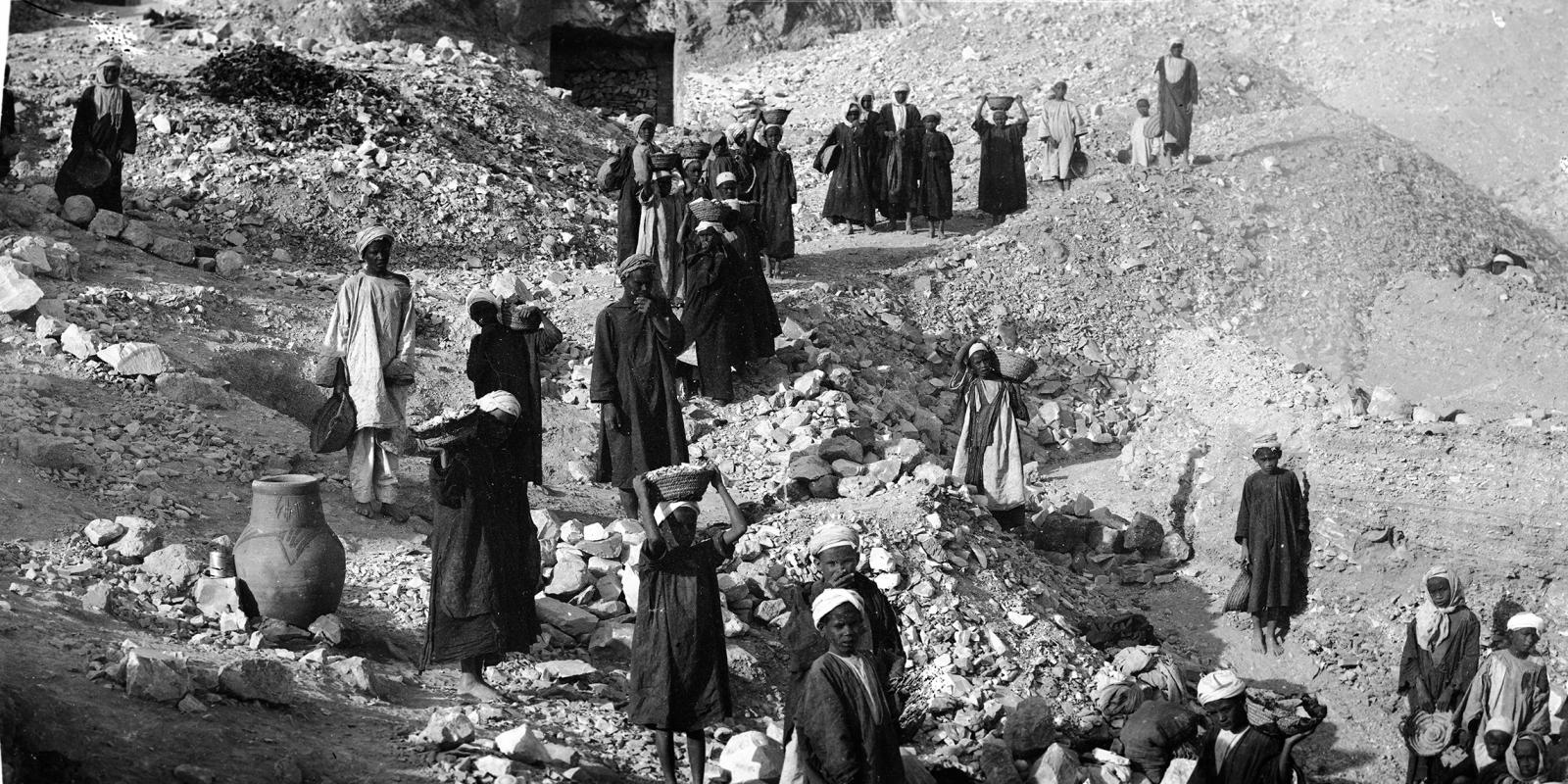
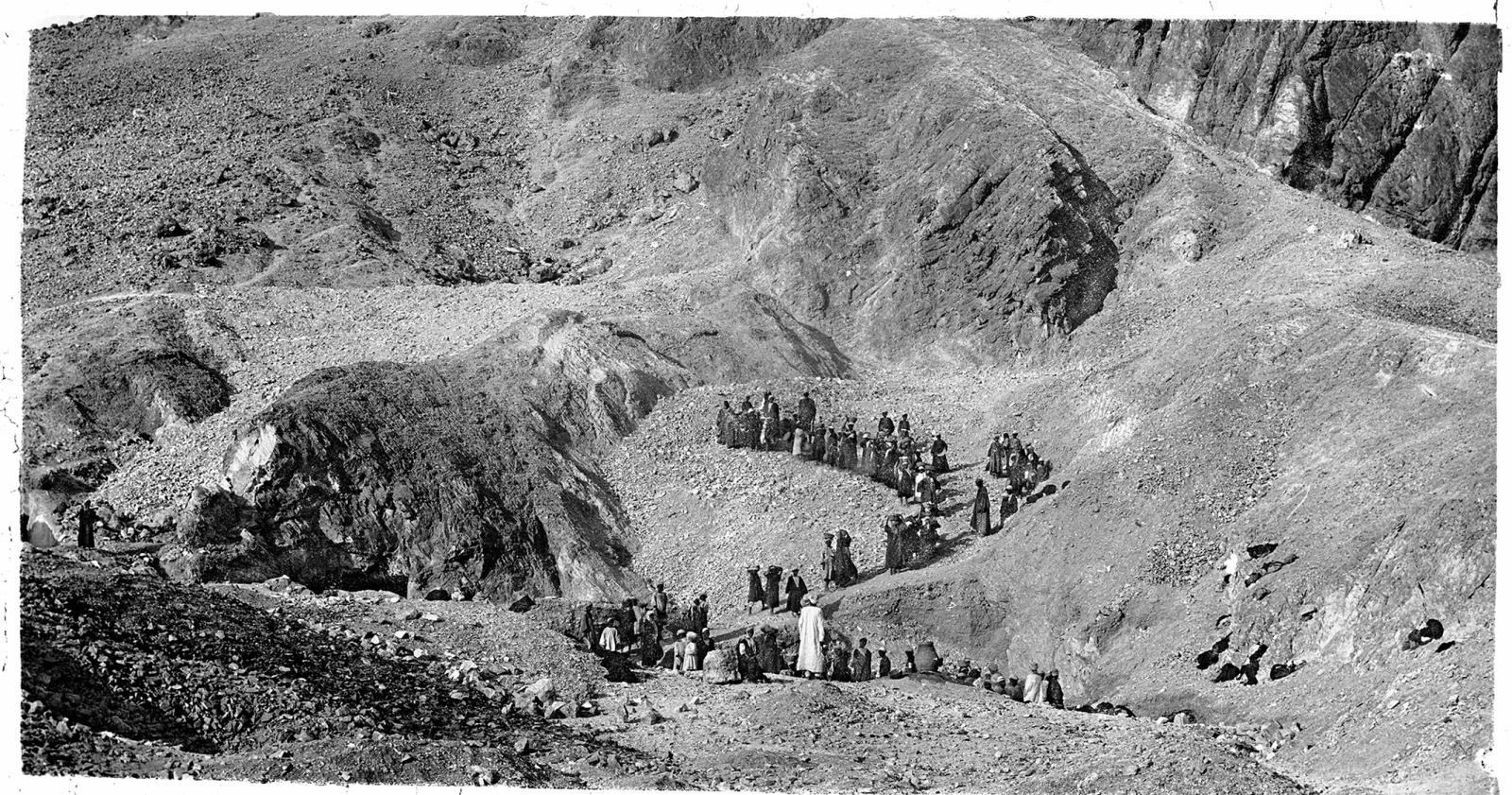
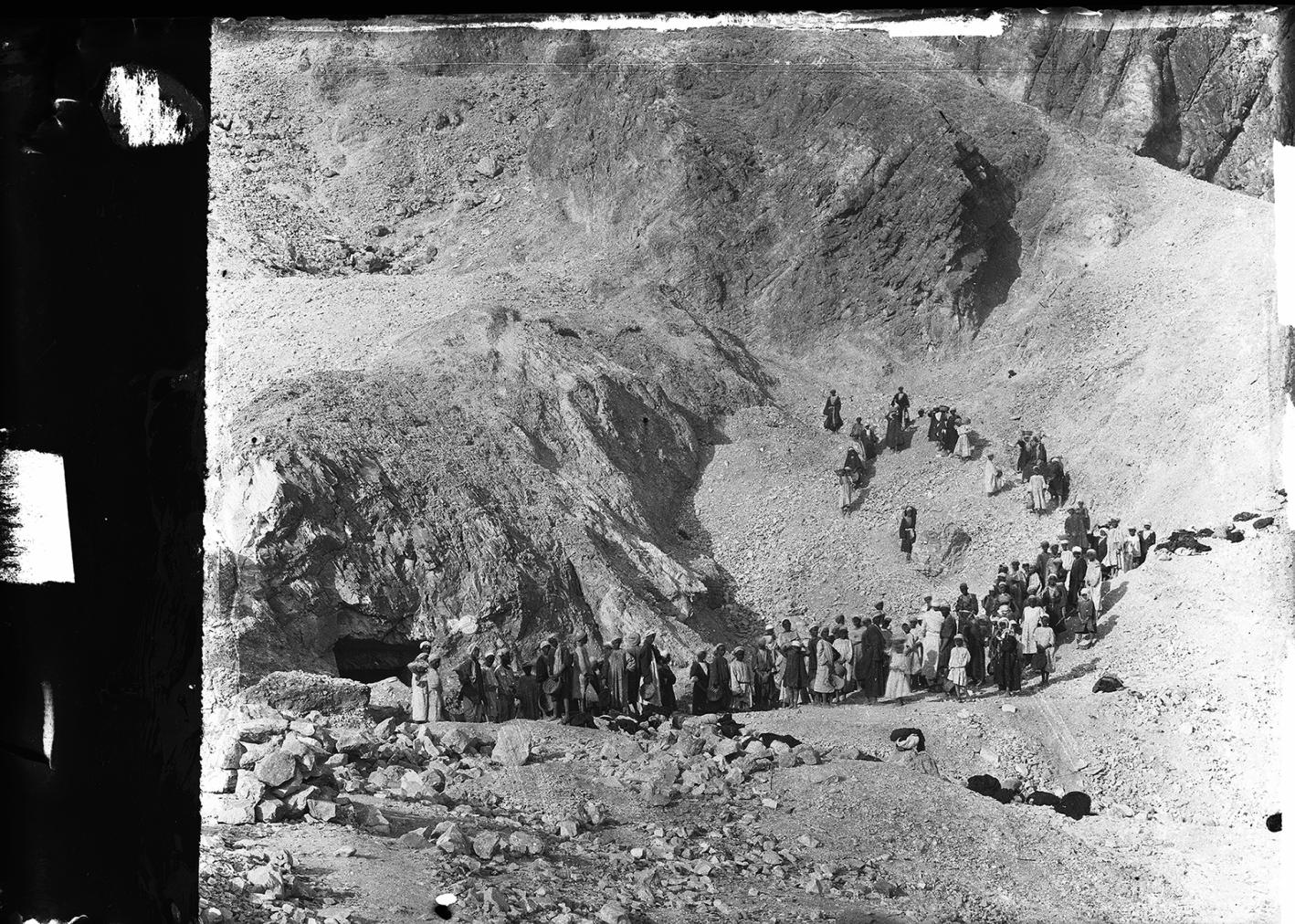
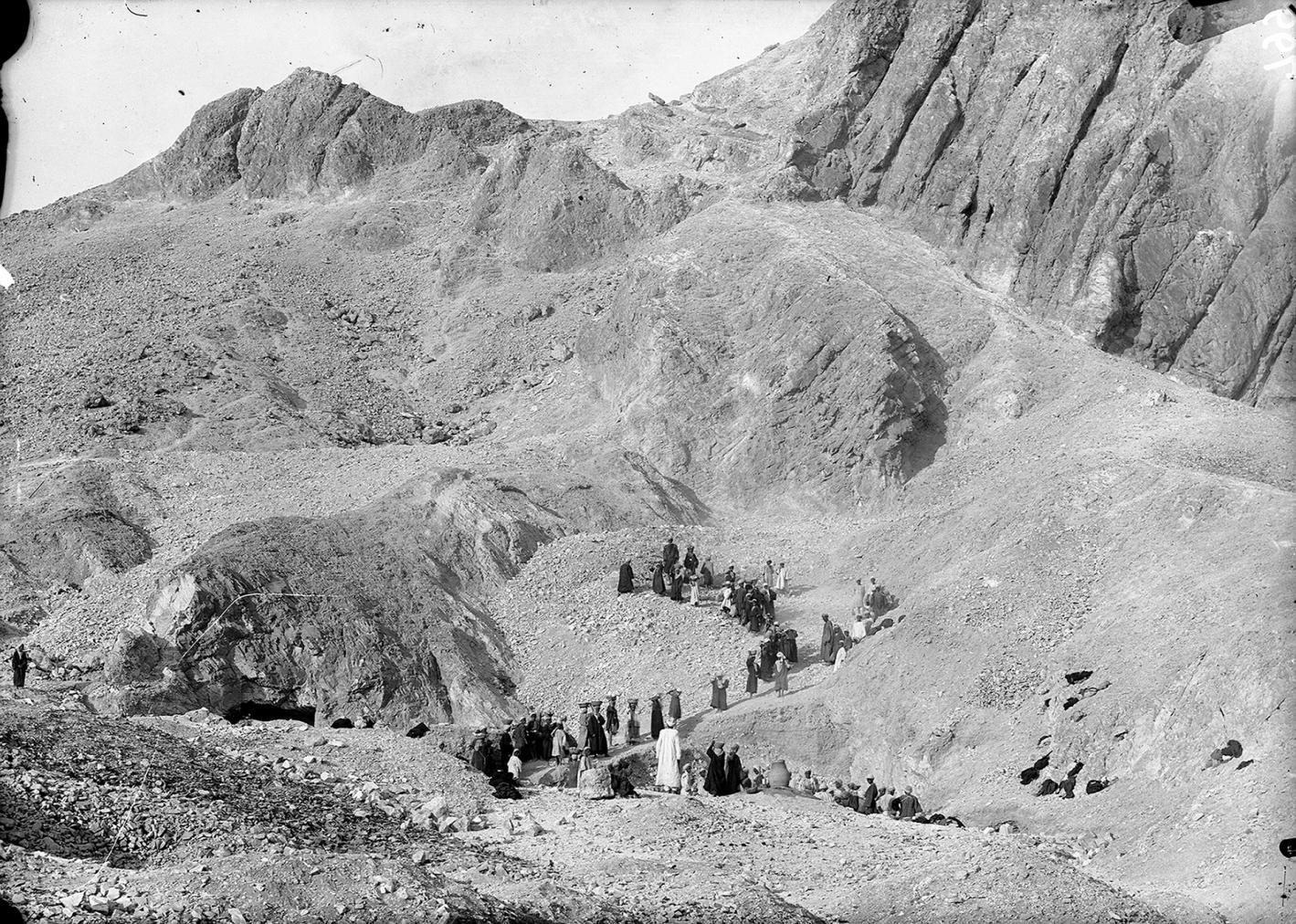
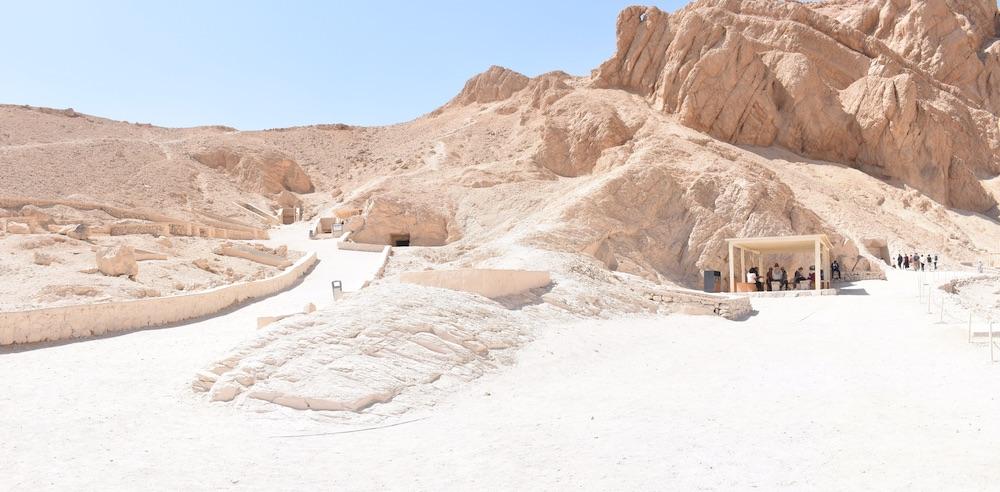
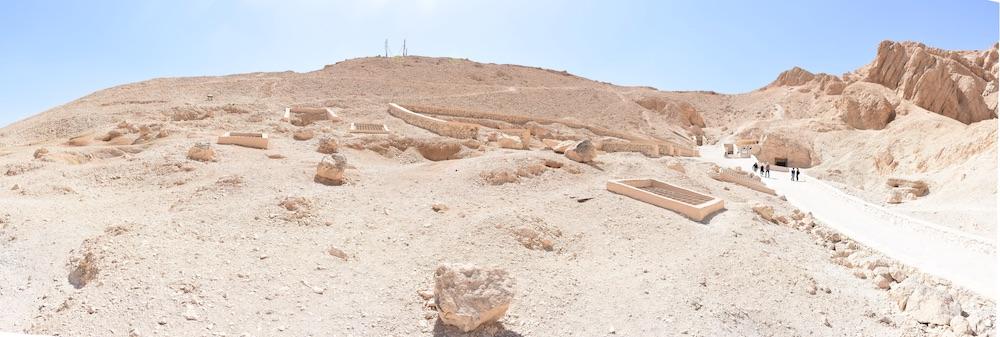

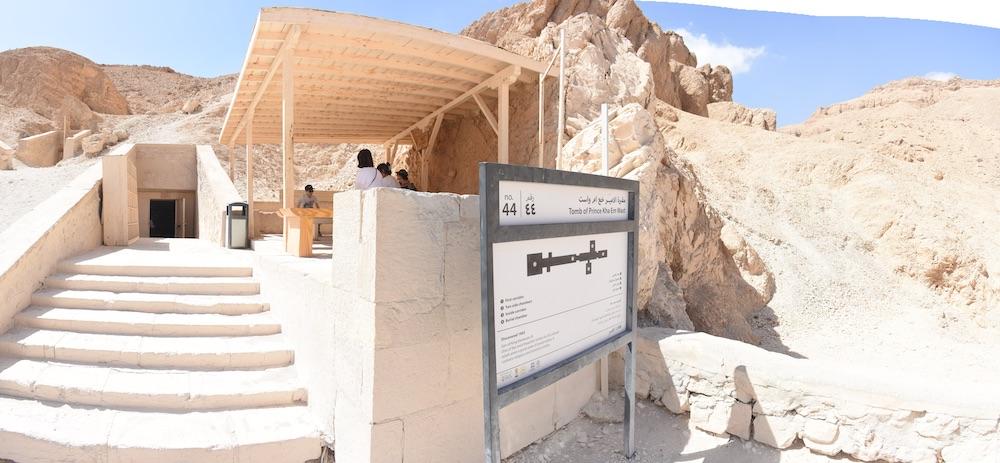
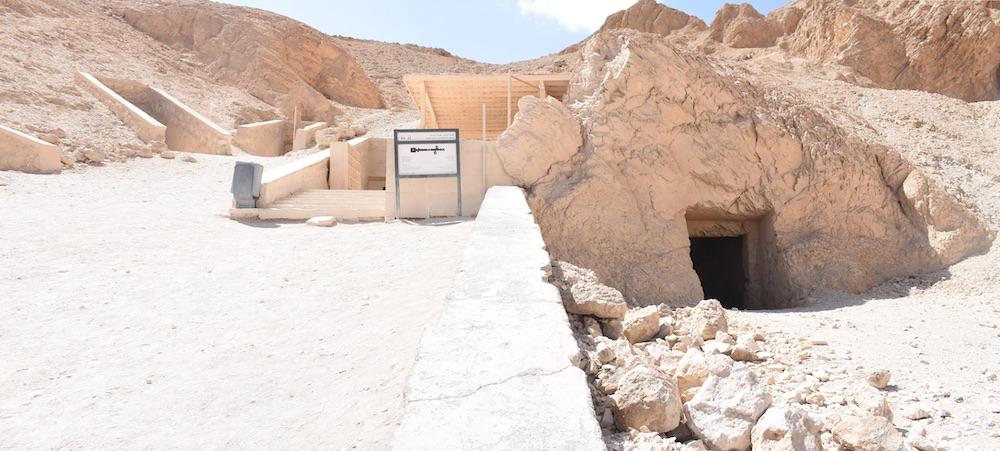
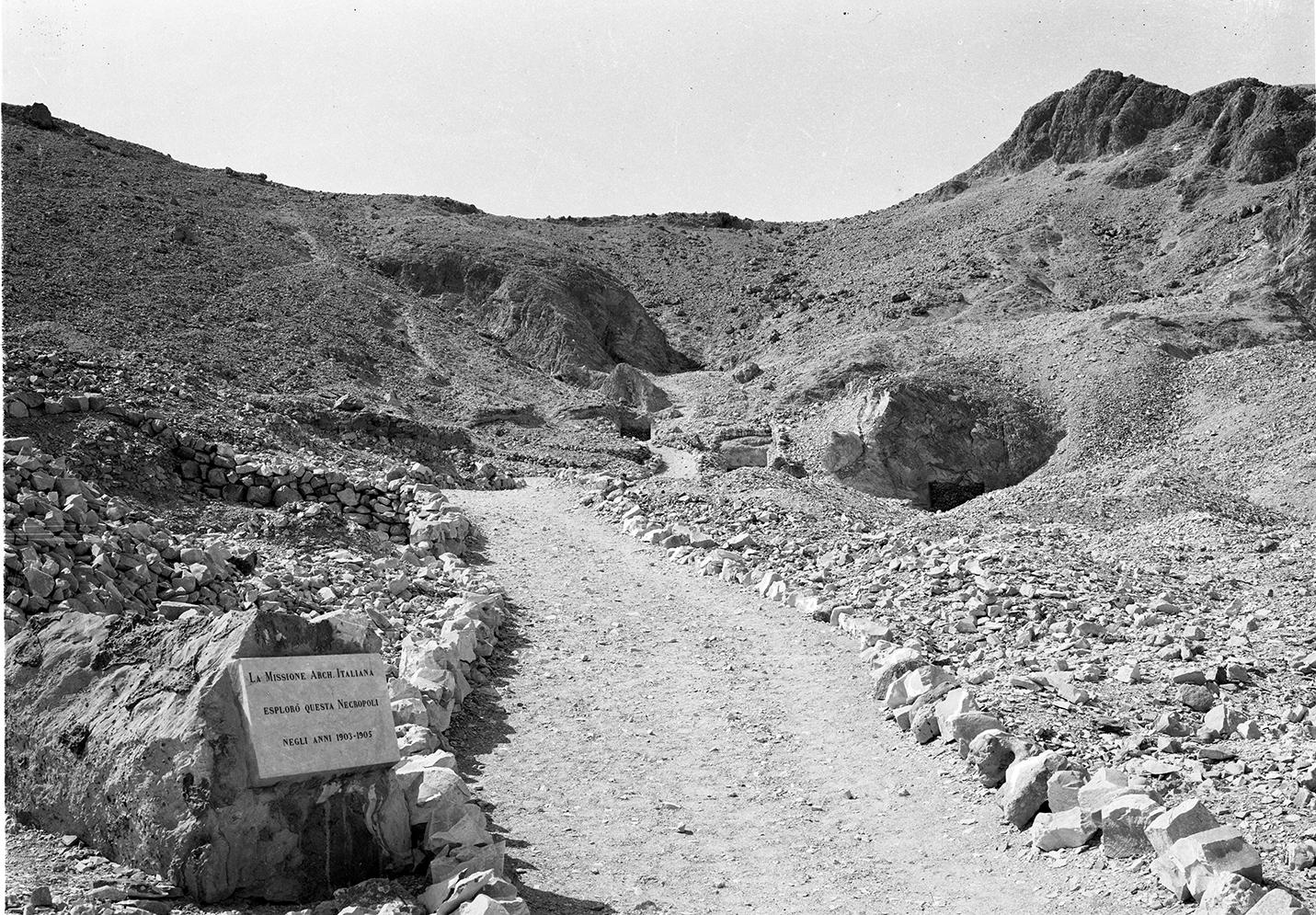
Articles
Tomb Numbering Systems in the Valley of the Queens and the Western Wadis
Geography and Geology of the Valley of the Queens and Western Wadis
Bibliography
Ballerini, F. Notizia sommaria degli scavi della missione archeologica italiana in Egitto, anno 1903: Valle delle regine. Torino: Museo di antichità, 1903.
Demas, Martha and Neville Agnew (eds). Valley of the Queens. Assessment Report. Los Angeles: The Getty Conservation Institute, 2012, 2016. Two vols.
Leblanc, Christian. Ta set nefrou: une nécropole de Thèbes-ouest et son histoire, 1: géographie- toponymie: historique de l'exploration scientifique du site. Cairo: Nubar Printing House, 1989.
Thomas, Elizabeth. The Royal Necropoleis of Thebes. Princeton: privately printed, 1966.

